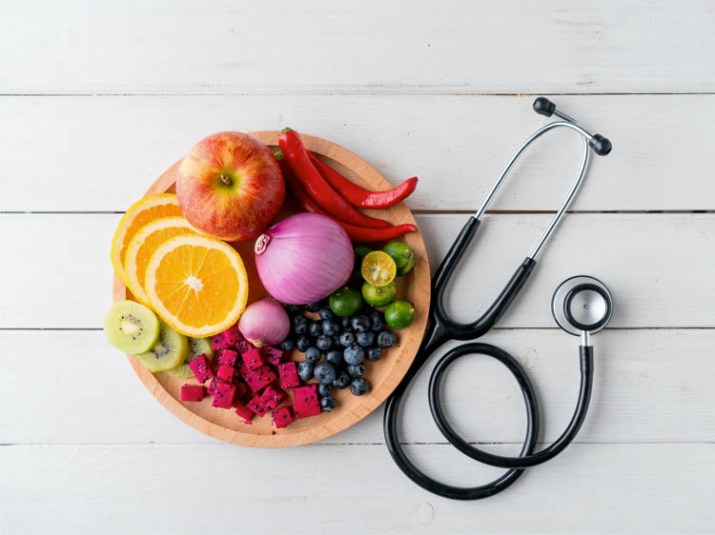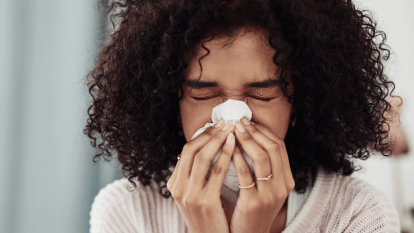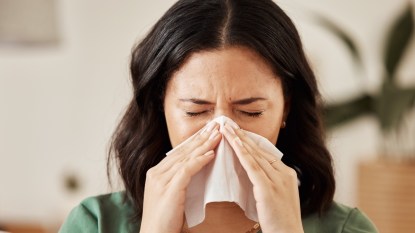The Difference Between ‘Good’ and ‘Bad’ Cholesterol — And How to Improve Yours

If you’ve ever wondered about the difference between good and bad cholesterol, you’re not alone. A lot of people are left scratching their heads after hearing these descriptions for the first time. Luckily, experts have pretty simple definitions for both of them — along with advice about what to do if something’s off with your cholesterol.
The Difference Between Good and Bad Cholesterol
As you may be aware, cholesterol travels through your body on certain proteins called lipoproteins. There are two separate kinds of lipoproteins that carry your cholestrol, and those lipoproteins are key to understanding what makes cholesterol bad or good, according to the Centers for Disease Control and Prevention. Low-density lipoprotein (LDL) is more commonly known as “bad cholesterol,” and it makes up most of the cholesterol in your body. The reason why it’s considered bad is because high levels of it can increase your risk for heart disease or having a stroke.
On the other hand, high-density lipoprotein (HDL) is considered the “good cholesterol” because having high levels of that one can actually lower your risk for heart disease or a stroke. Interestingly enough, HDL actually absorbs cholesterol in your body and then carries it back to your liver, which proceeds to flush it out of your system. No wonder why it’s so good for you!
How to Improve Your Cholesterol (If Needed)
As ABC News reported, the American Heart Association and the American College of Cardiology have recently released new guidelines on managing cholesterol to avoid heart problems down the line. One of the main takeaways from the updated guidelines is the goal to get your “bad cholesterol” below the measurement of 100 mg/dL, or perhaps even below 70 mg/dL, if you have risk factors associated with your cholesterol. As you might imagine, this is not exactly something you can measure at home.
If you suspect that you have problems with your cholesterol, talk to your doctor about doing a series of tests — such as a non-fasting blood test — to see if you need treatment to improve your cholesterol. While the most recent guidelines emphasize the treatment of statins for high cholesterol — especially since they can help lower your “bad cholesterol” — there are additional ways to improve your levels.
According to the Mayo Clinic, eating heart-healthy foods is key to improving your cholesterol. These foods include ingredients rich in omega-3 fatty acids, such as salmon and flaxseeds, as well as food with soluble fiber, including oatmeal, Brussels sprouts, and apples. Another way to get better cholesterol is to increase your physical activity, even if that means doing something as simple as taking a regular brisk walk in the mornings. Quitting smoking and only drinking alcohol in moderation will also help.
It’s worth keeping in mind that improving cholesterol is just one part of bettering your overall health. But isn’t it wonderful that all these small changes can add up to make a big, positive difference? You deserve it!
More From FIRST
How to Make Switchel, The Gingery Drink That’s Good for Your Gut
Green Banana Flour Is a Gut-Boosting Superfood That Speeds Weight Loss
The DASH Diet Speeds Weight Loss and Lowers Blood Pressure — If You Do It Right













